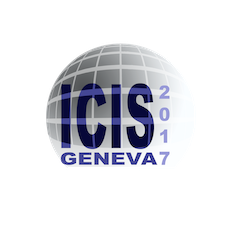Speaker
Description
Typically, measure of the current distribution (or current density) at the target surface can be performed by using different probes, or Faraday cups, or systems of the rotating disk collector, or systems of scintillation plates and the secondary electron multipliers. However, in those cases, the target and the measuring system should be located under a ground potential. Thus, such measurement methods are not applicable in studies of the current distribution at the surface of miniature linear accelerators targets [1], to which mostly is applied high negative potential relative to the ground. In this way the current distribution can be estimated by the indirect measurements of either the visible column of the output ion beam or the distribution of the sputtered material on surface of the target by a profilometer [2].
In this paper methodology for direct measurement of current distribution on a target surface biased to the negative potential by the 6 channel profile monitor is described. This device has been used to obtain current distribution on the target. This distribution depends on geometrical and physical parameters of the ion–optical system miniature linear accelerator (based on Penning ion source). It is shown that the visible accelerated beam trace, in the accelerating gap and in the plane of the target along with direct measurement are two complementary methods of ion-optical systems studies, where high negative potential is applied to targets.
References
[1] A. Sy, Q. Ji., Persaud A., Waldmann O., Schenkel T., Review of scientific instruments, 2012, 83, 02B309, p.1-3.
[2] A. Sy, Q. Ji , AIP Conference Proceedings 1336, 533 (2011); doi: 10.1063/1.3586157.
